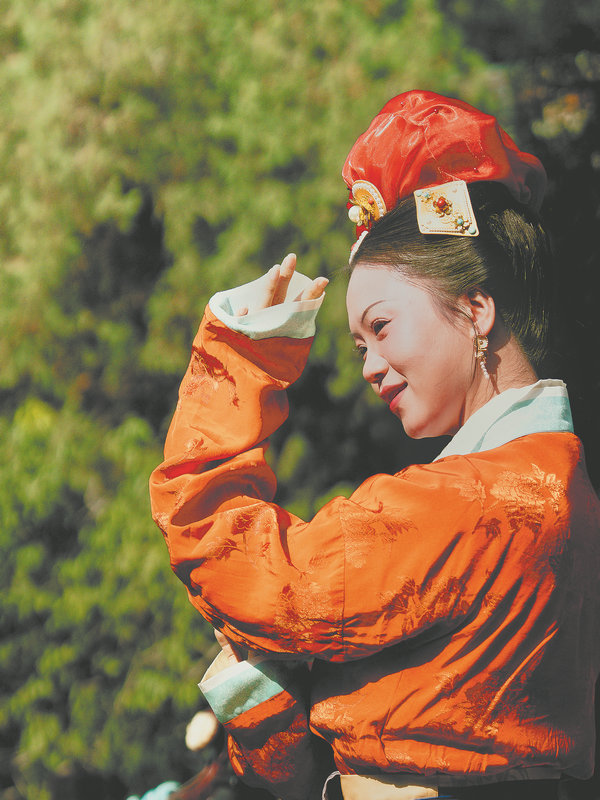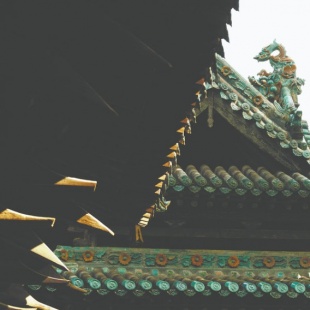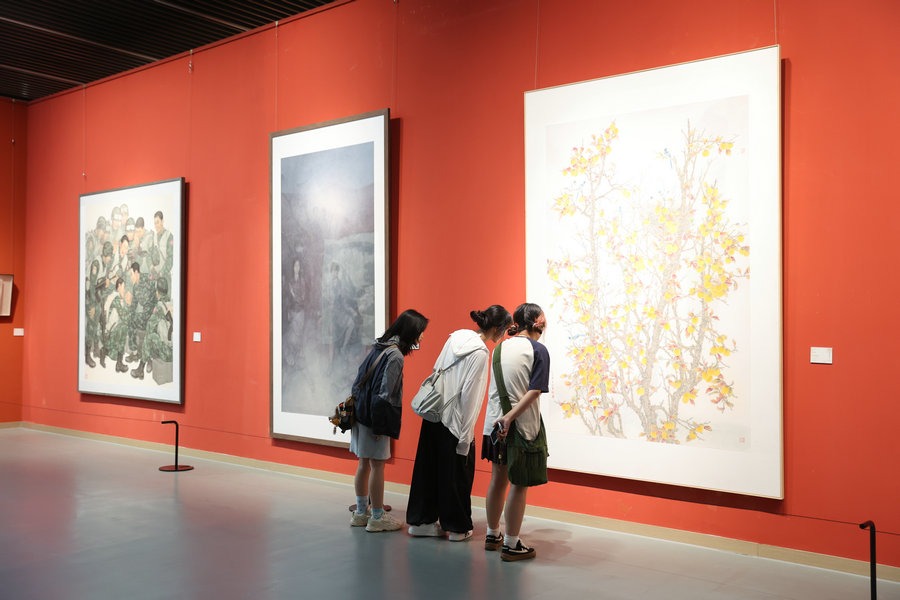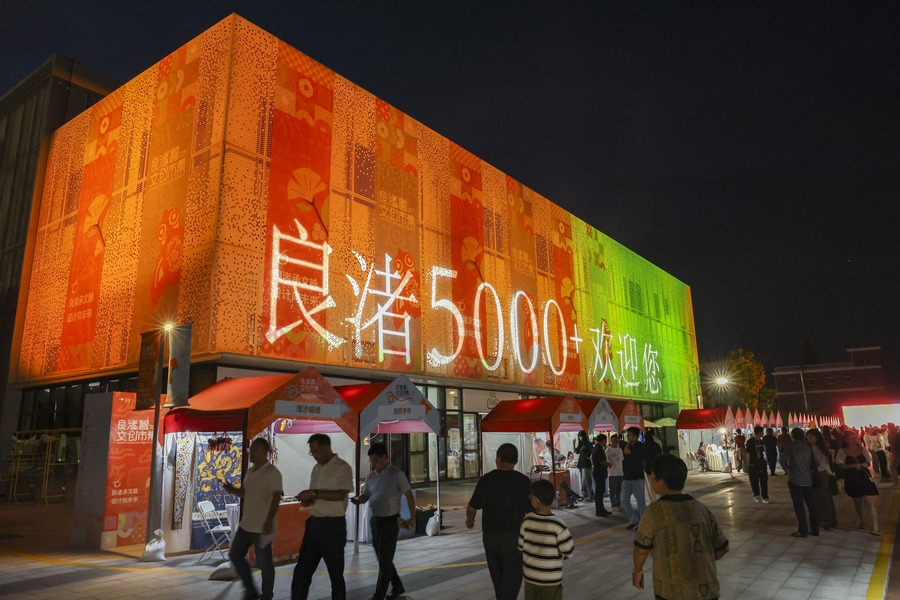Ancient heartbeat of a modern nation
Captivating architecture and stunning craftsmanship reveal Shanxi as a window into China's enduring soul, Michael Rhys Card reports in Taiyuan.


Compared to Beijing's bold reds and golds, Shanxi's palette is subdued: earthy browns, faded blues and traces of green. The restraint draws attention not to grandeur, but to detail — to the line of a carved robe, the curvature of a roof tile, the grain of aged timber. This subtlety reveals another kind of power, one rooted in craft and continuity.
At the Taosi Site Museum, the timeline stretches back even further — to the late Neolithic period, more than 4,000 years ago. Excavations here have uncovered one of China's earliest examples of urban planning, with clear distinctions between ceremonial and domestic spaces.
The same organizational principles that would later guide Tang (618-907) and Ming architecture — hierarchy, symmetry, orientation — are already visible in these prehistoric foundations. It's a reminder that Chinese architecture is not just an art of construction, but a long conversation between generations about order, balance and meaning.
In Shanxi, that conversation continues across time. From Taosi's earthworks to Jinci's timber halls, the province offers a continuous narrative of Chinese thought rendered in wood, brick and stone.





































